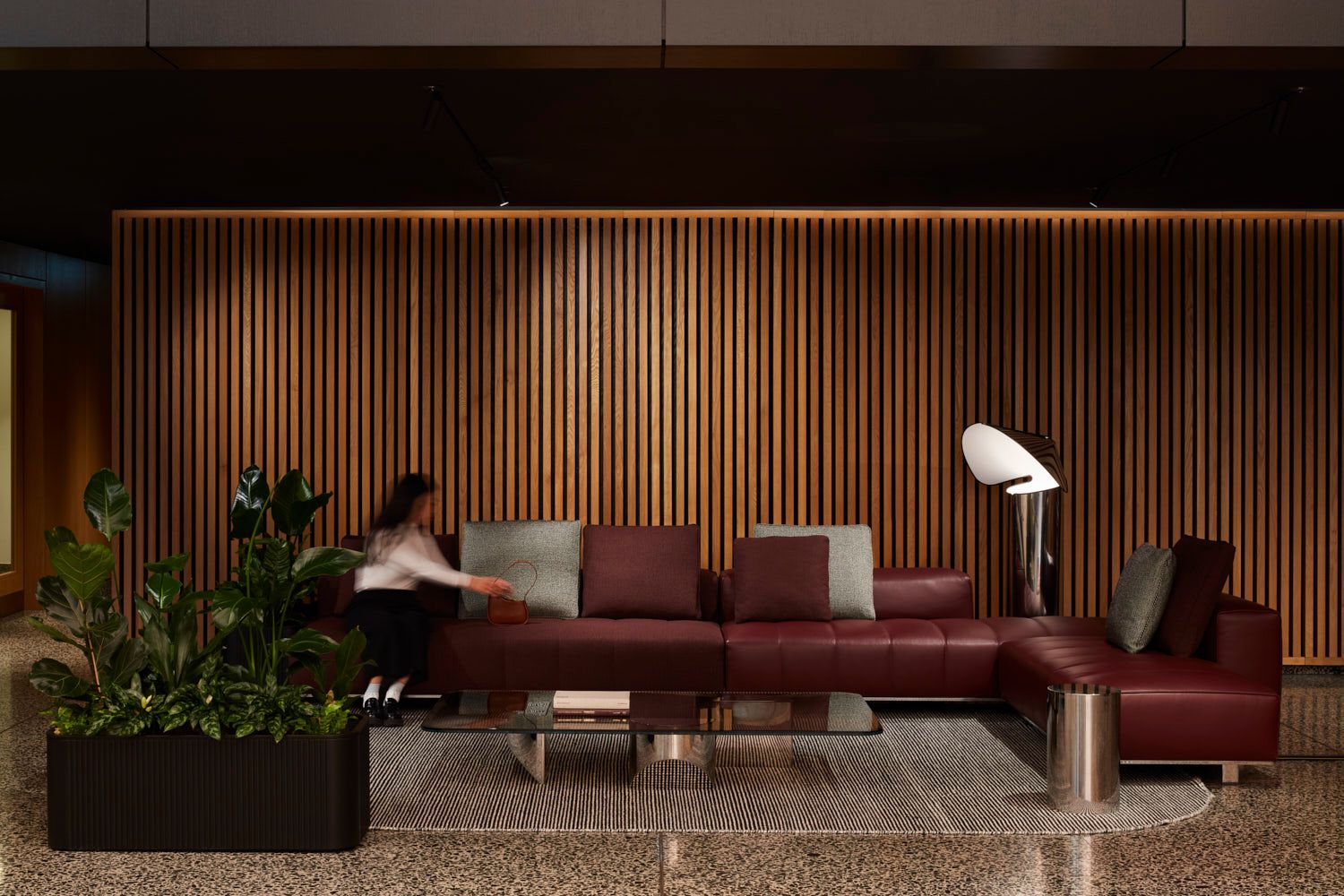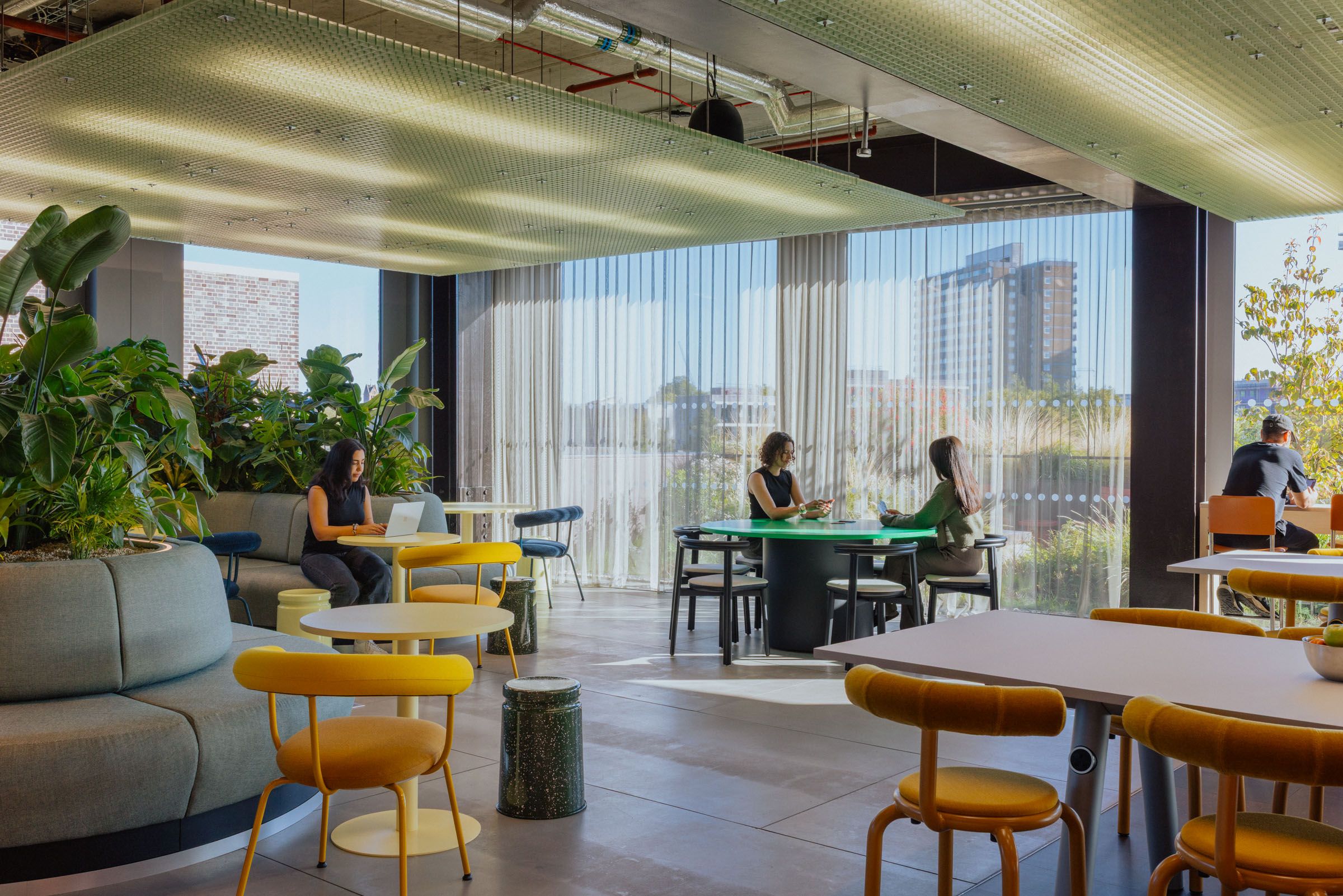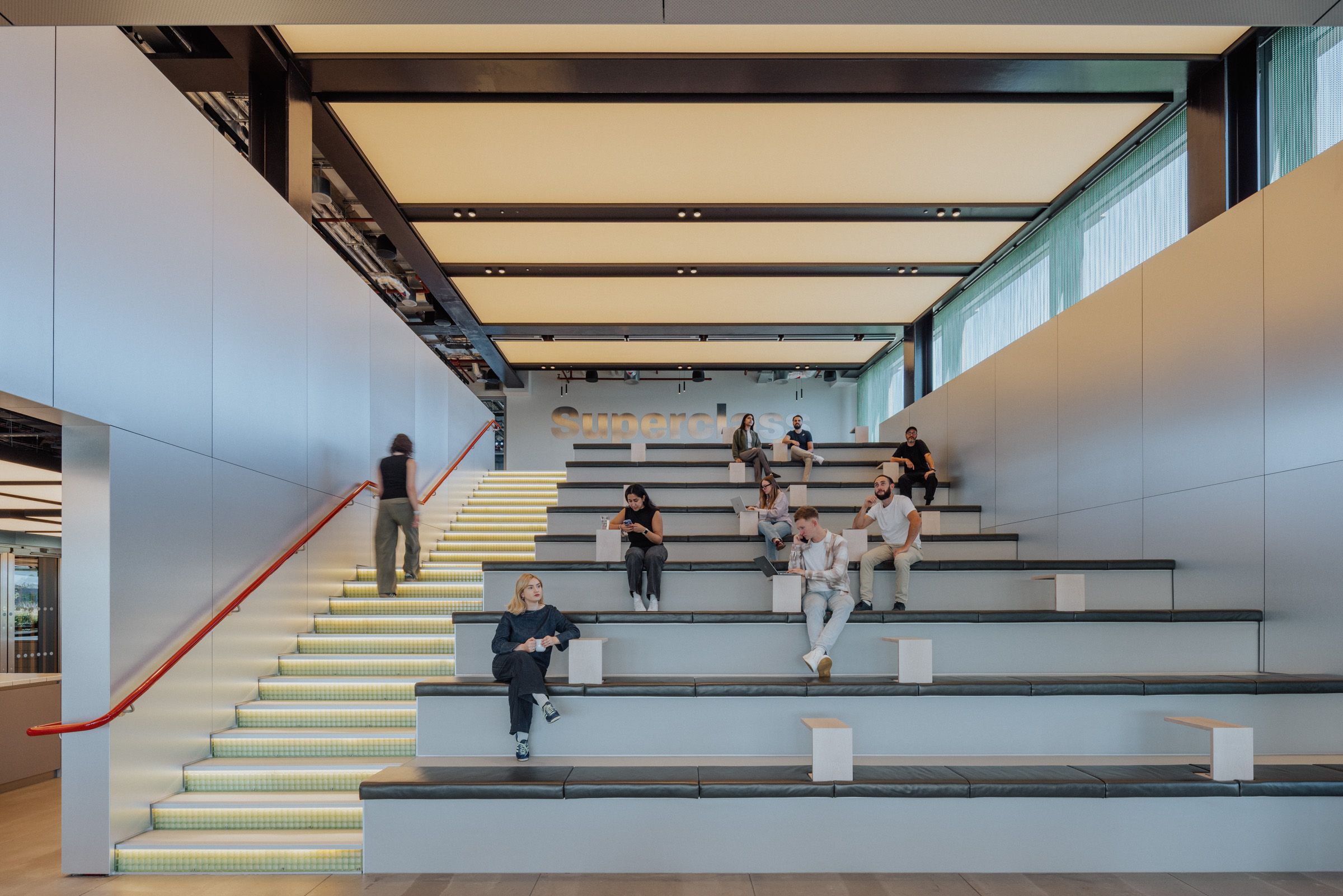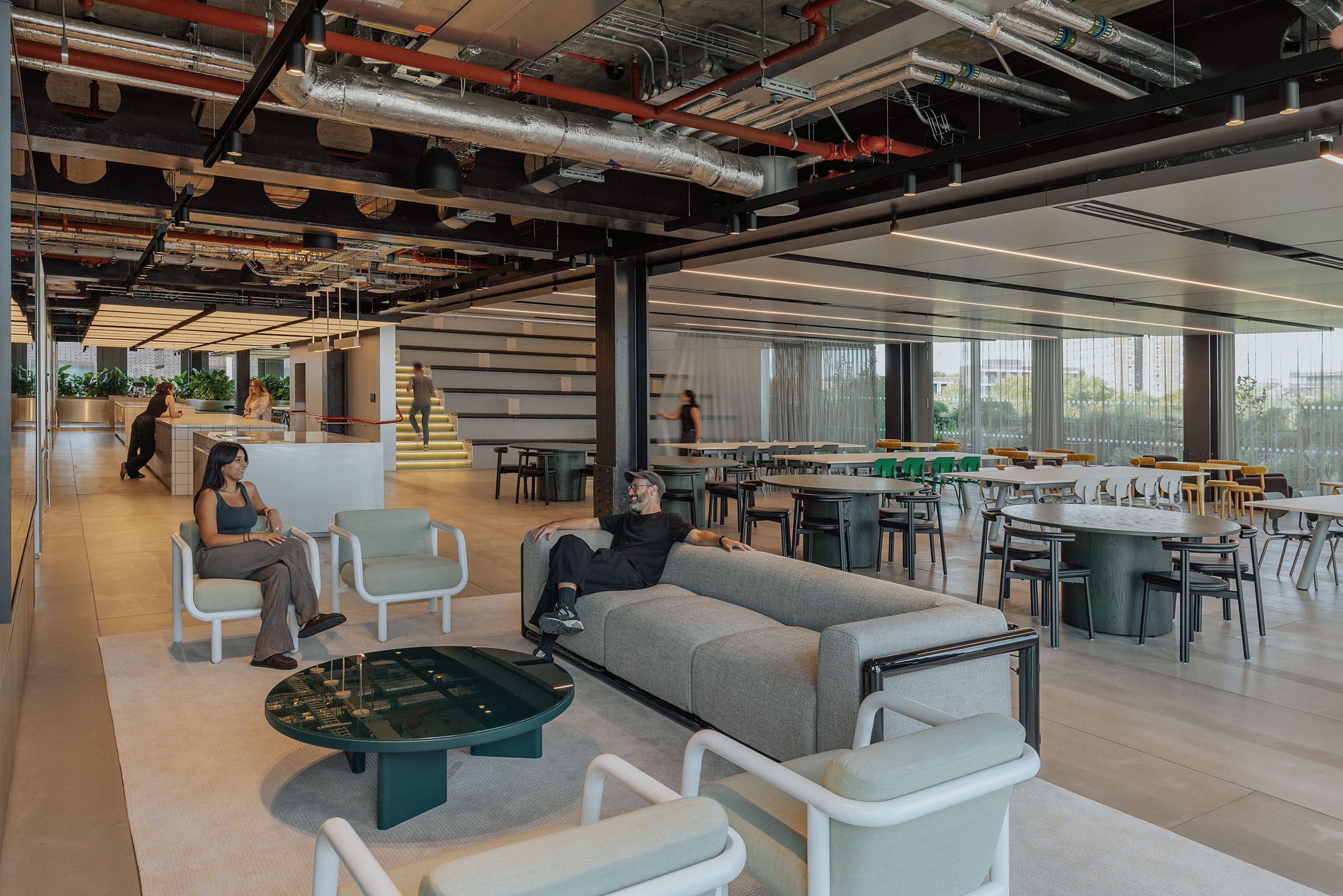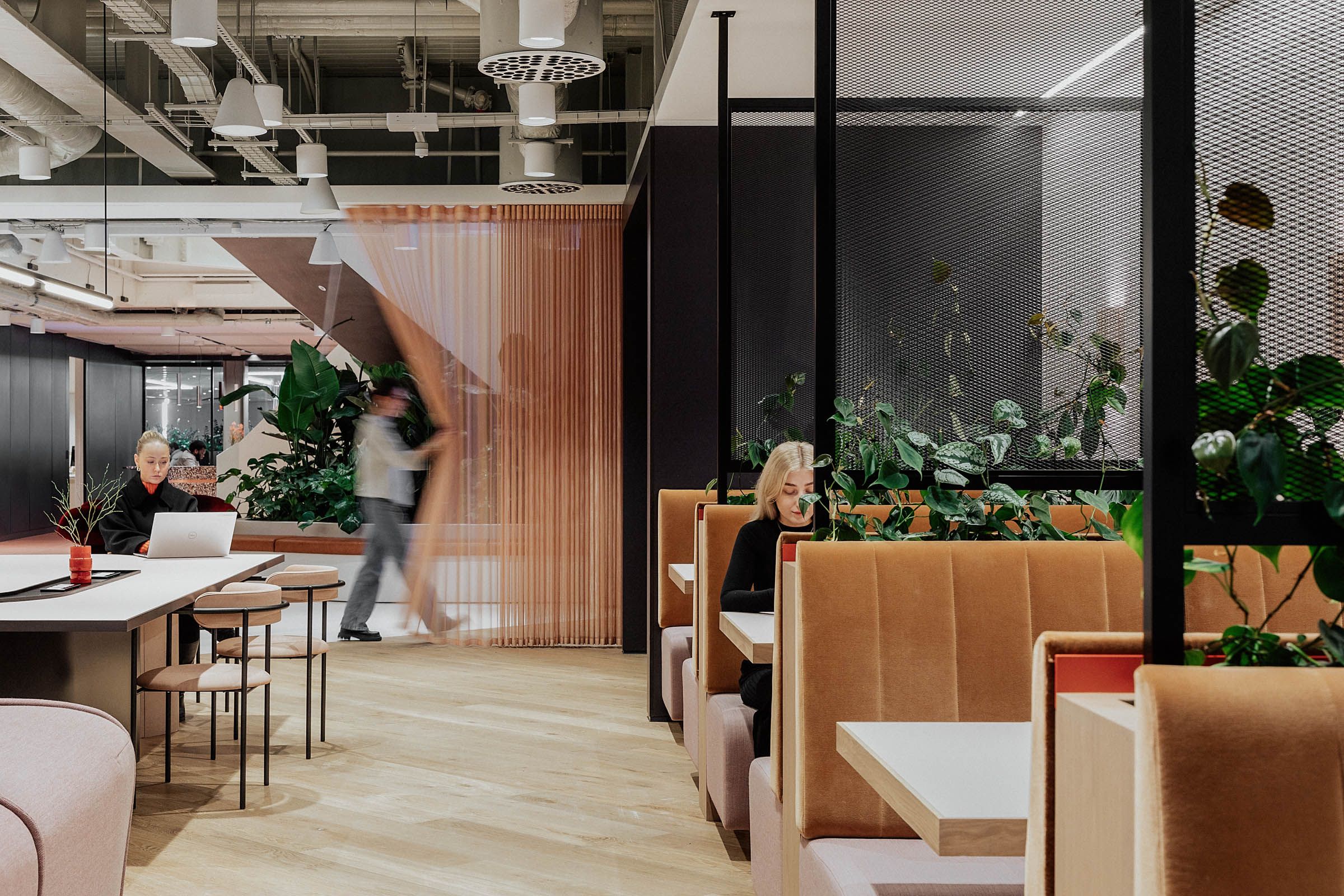
The Belonging Deficit
Written by: Rachel Basha & Nicola Osborn | CEO & Creative Director, Basha-Franklin
Published 17th September 2025

The reason for this is that CEOs are waking up to a deeper, strategic risk: the slow erosion of culture. A reduction in being together has been eroding culture and a key factor has been that Wellbeing and Inclusion has, for some employees been better served by working at home.
Culture is the hidden engine of performance. Yet two of its most powerful drivers; well-being and inclusion are too often overlooked. When people feel safe, valued, and supported, they do more than show up: they take risks, collaborate, and innovate. When culture ignores human needs, energy drains, motivation falters, and belonging fades.
Your workplace is a powerful tool to communicate to your people your values and deliver authentically to ensure a high-performing team. Spaces that genuinely support well-being and inclusion - create a lasting competitive advantage and need to be strategically delivered
The biggest challenge today isn’t where people work, it’s how they feel at work.
In the UK, only 32% of office workers feel they truly belong. Organisations that get it right see up to 56% higher performance, 50% lower turnover, and 75% fewer sick days.
Belonging isn’t a box to tick, it’s the foundation for trust, engagement, and performance. To achieve it, workplaces must respond to the full spectrum of human needs: cognitive diversity, life-stage differences, evolving health requirements, and authentic self-expression.
Purposeful, evidence-based design transforms culture from concept to lived experience. These six principles guide organisations in shaping environments that foster pride, trust, and enduring performance:
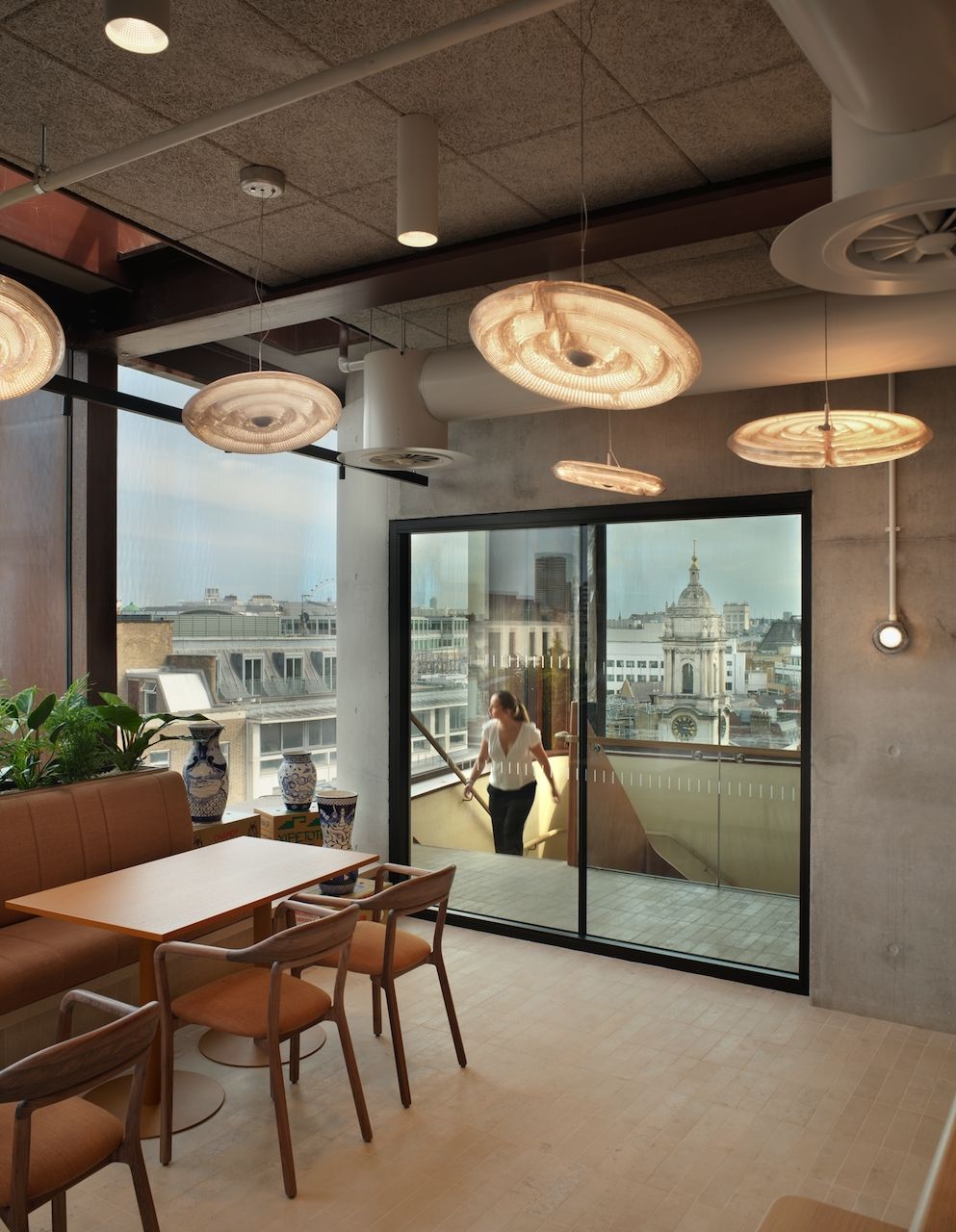
Challenge: Burnout hasn’t gone away, it’s gone underground. Many employees are still in survival mode, and inconsistent workplace experiences amplify fatigue.
Response: The workplace can deliver spaces that support well-being in several ways. Natural light, greenery, fresh air, tactile materials, acoustic comfort, ergonomic furniture, and intuitive wayfinding create restorative spaces. Personal adaptive features such as lighting and temperature controls further support personal preferences that ensure optimal comfort.
Insight: Hotel-inspired workplaces are often misplaced. Hotels are designed for escape and relaxation. Workplaces must reduce stress as well as energise, focus, and enable achievement.
Impact: Employees feel energised, not drained. If the workplace provides a more productive environment than at home, the in-office experience will be the natural preference.
Measurable outcomes: up to 30% less stress, 26% fewer sick days, 45% fewer headaches, plus increased loyalty, resilience, and sustainable performance. [WGBC’s findings]
25 Hanover Square is a workplace designed to reduce stress while energising focus and achievement - a destination that delivers unique everyday experiences
Challenge: Hybrid work can dilute cultural signals, leaving employees feeling disconnected from the organisation, it’s purpose and values.
Attracting employees who genuinely align with the company’s values and mission is crucial and this needs to be from a diverse pool of talent.
The workplace itself serves as a tangible expression of these values, reinforcing positive cultural messages and shaping the impactful behaviours that drive success. By providing inclusive spaces, organisations ensure access to a diverse talent pool who belong.
Response: Celebrate both organisational and personal identity. Provide choice: quiet corners for focus, collaborative hubs, and social spaces. Spaces become platforms where people bring their best selves.
Impact: Inclusivity widens your talent pool, delivers pride, and active belonging, boosting performance, retention and growth.
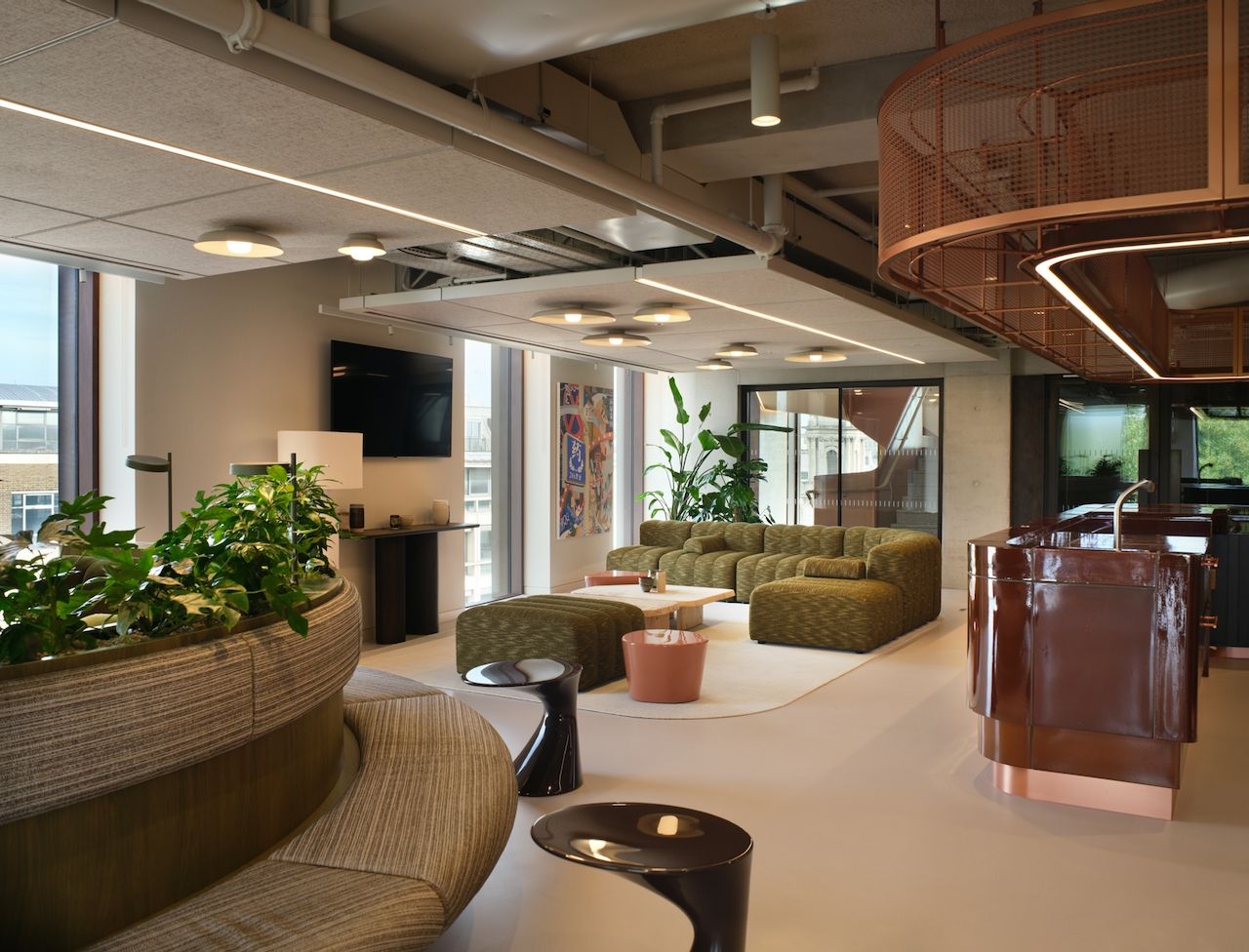
Challenge: Traditional workplaces often exclude neurodiverse individuals or those with sensory or health differences. As workforces age and health needs evolve, design must deliver.
Response: Apply design principles to reduce cognitive load and support clarity, calm, and performance. Colour, light, biophilia, materiality, and spatial rhythm are purposeful tools that shape mood, attention, and comfort. Joy and beauty in design uplift emotional states, spark creativity, and encourage high performance.
Impact: Neuro-considered environments foster psychological safety, trust and drive inclusive, high-performing cultures.
At 25 Hanover Square, the workplace elevates the experience of work and life, with abundant natural light, a strong connection to place and spaces designed with intent to motivate, connect, and calm.
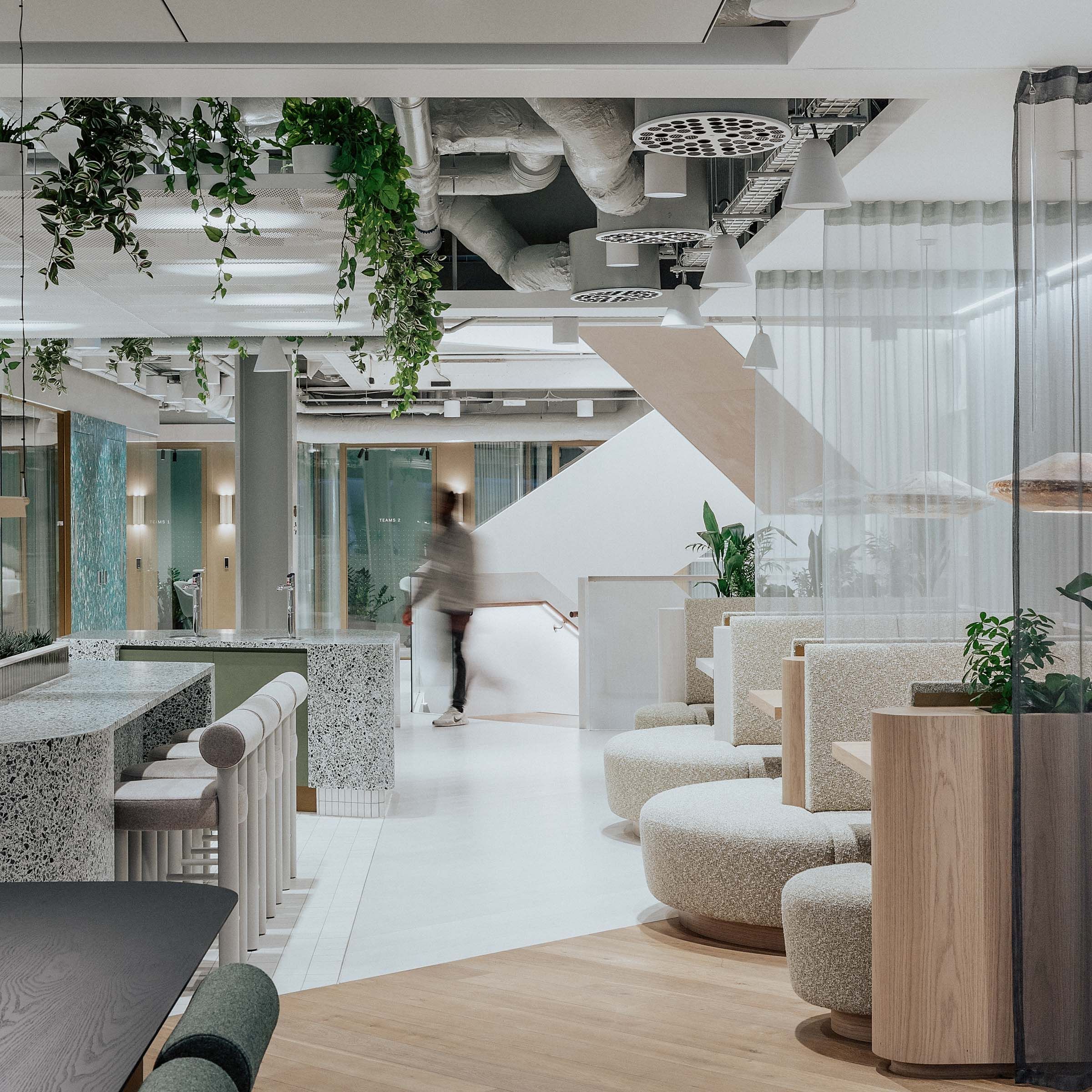
Challenge: Teams expect organisations to deliver sustainability, well-being, and future readiness. Next gens actively assess employers on social values, inclusivity, and wellbeing - it’s central to brand reputation in the talent market, as well as building for the future.
Response: A workspace that can demonstrate a high commitment to sustainability through accreditation. This minimises a mistrust of greenwashing. By designing resilient, adaptable spaces this removes obstacles and empowers workplace choice that can flex with business and personal needs.
Impact: Energised, supported employees are more creative, committed, and resilient. Culture thrives and leads change.
At MYO St Paul’s destination design provides clarity of utilisation within the workplace and empowers choice for the diverse membership. By creating an ultra-adaptable event space, MYO St Paul’s has unlocked the power of connection, reaching a more diverse community of members, the wider One New Change building community, charity organisations and business sectors across the city.
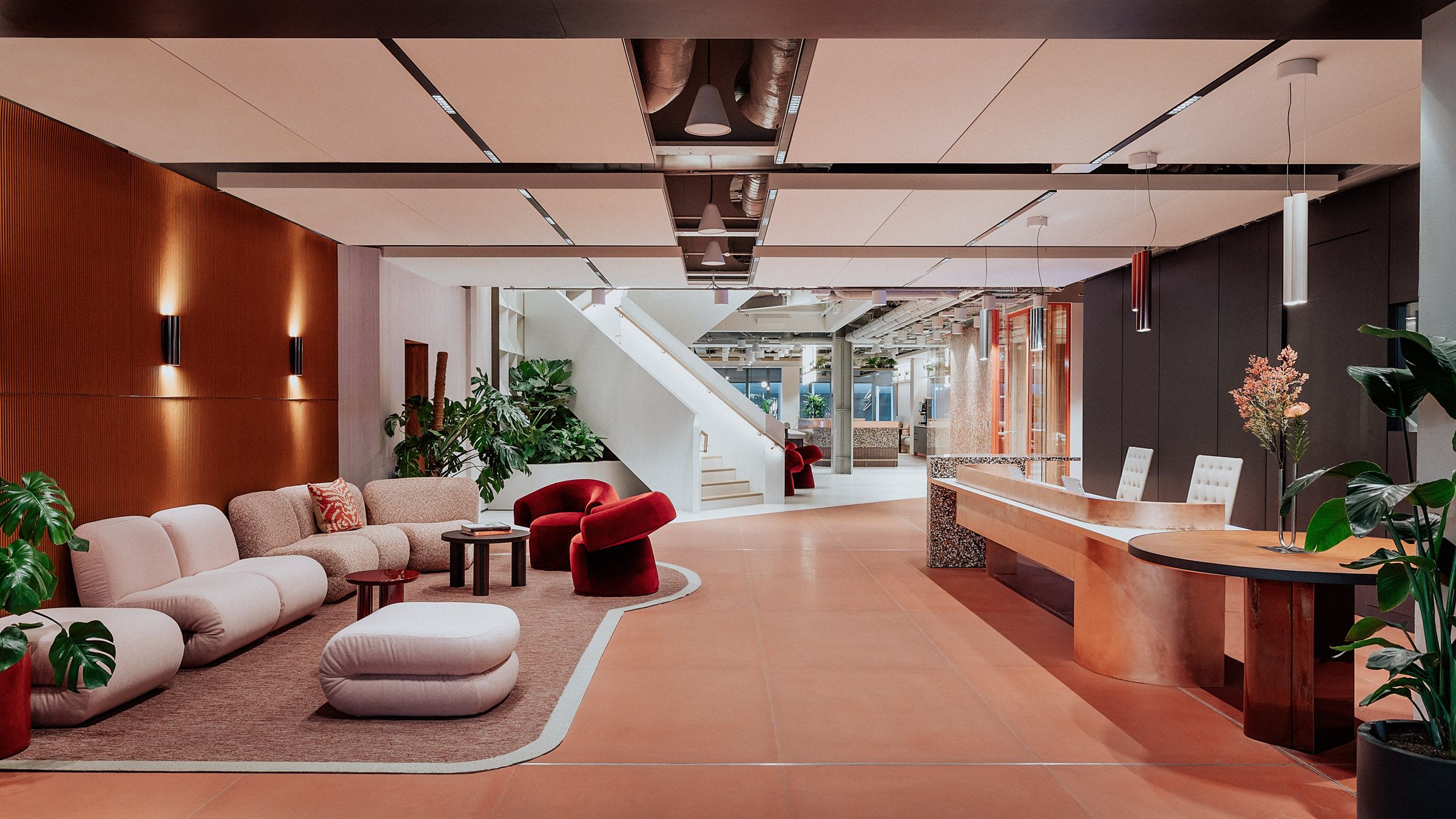
Challenge: Materials often prioritise aesthetics over health, inclusion, and culture. Superficial “green” gestures fail to deliver.
Response: Every material must be selected intentionally: timber, stone, textiles, and finishes chosen for tactility, acoustic comfort, durability, and non-toxicity. Sustainability is embedded, aligned with circular economy principles.
Impact: Purposeful materials form the invisible layer of culture. Well-being, inclusion, and performance are subtly enhanced. Material integrity becomes a driver of pride, motivation, and retention.
At MYO St Paul’s, Well-being, Cognitive Inclusion, and Material Integrity shaped an exemplary ‘designed-for-everyone’ workplace, recognized with WELL Platinum and BREEAM Excellent certifications
Challenge: Inclusion is more than presence; it’s about safety to contribute. Many workplaces suppress voices through poor design.
Response: Design quiet zones, collaborative hubs and adaptable spaces. Ensure personal space, intuitive circulation, clear wayfinding plus supportive acoustics and lighting. People can participate in ways that suit them.
Impact: Psychological safety is tangible in layout, light, and acoustics. Employees feel empowered to contribute in a sensory considered space, driving trust, creativity, and high performance.
• Supporting the whole person and a wide range of needs.
• Values authentically represented in your space drives positive behaviours.
• People perform better where they feel safe, supported, and proud to belong.
When culture performs, business performs. In the race for talent, innovation, and trust, culture is the ultimate competitive advantage.
